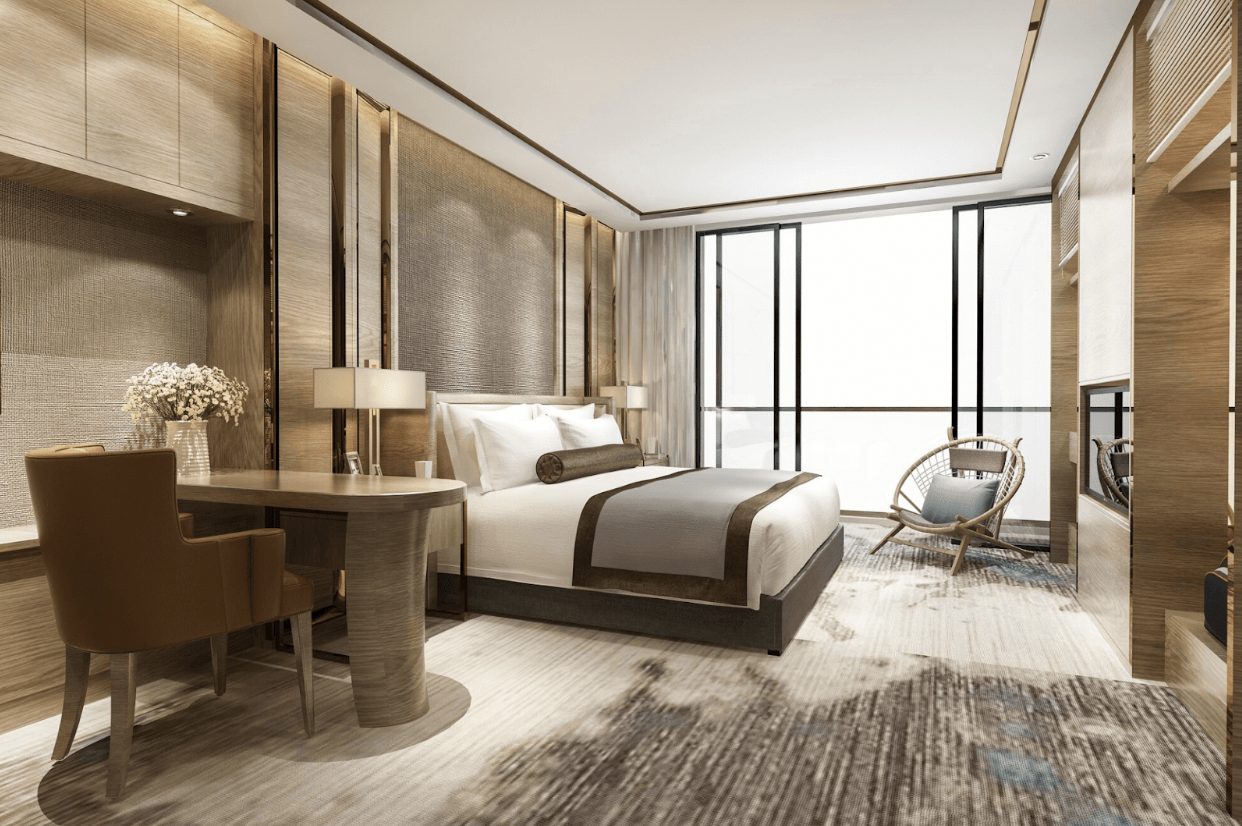
How Tech Is Transforming Bedroom Design Online
Designing a bedroom used to involve a lot of guesswork, flipping through catalogues, measuring furniture by hand, and hoping the final result matched your vision.
Today, things look different. With the rise of intuitive online platforms, more people are experimenting with bedroom designs online before they commit to a single purchase.
One such platform, Arcadium, allows users to plan and visualise bedrooms directly in their browser, giving them full control over layout, lighting, and design choices without needing design experience or expensive software.
And while Arcadium is just one example, it reflects a wider trend:
Digital design tools are becoming essential to modern home planning.
A Practical Answer to a Common Problem
We’ve all made design mistakes, buying a wardrobe that doesn’t fit, placing a bed too close to the radiator, or choosing colours that don’t quite work in real life. Traditionally, interior design relied on imagination, pen-and-paper sketches, or pricey consultations. Online design platforms are solving those issues.
What digital bedroom planning helps avoid:
- Awkward furniture placement
- Inaccurate room measurements
- Style mismatches
- Expensive trial-and-error purchases
These tools let you experiment and visualise before making a single change, minimising waste, stress, and cost.
The Financial Benefits of Bedroom Design Planning
While bedroom makeovers are often more affordable than kitchen or bathroom renovations, costs can still pile up quickly. New furniture, fresh paint, updated lighting—it adds up. But design planning platforms give homeowners a strategic edge by helping them make smarter financial choices.
Key cost-saving benefits include:
- Fewer returns – Avoid costly mistakes by testing layouts and styles in advance
- Smarter purchasing – Plan your spending room by room or item by item
- Better long-term decisions – Prioritise functionality and flow over impulsive aesthetics
- Efficient space use – Especially valuable in smaller homes or shared living situations
With cost-of-living pressures rising, these tools offer a budget-conscious way to renovate with confidence.
What Makes These Tools So Effective?
Not all online design tools are equal, but the best ones focus on accessibility and practicality. Whether you’re a first-time renter or a seasoned homeowner, a strong digital platform should provide:
- A 2D-to-3D visualisation experience
- Intuitive drag-and-drop interfaces
- Real-time layout editing
- Natural light and texture simulations
- Furniture sizing guides
- Export/share options for collaboration
These features allow users to design quickly, accurately, and creatively, without needing to be design-savvy.
Renters, Students, First-Time Buyers: Everyone’s Designing
Bedroom design is personal, but it’s also highly adaptable. Whether you’re furnishing a dorm, styling your first flat, or updating a childhood room into a home office, digital tools provide flexibility for a wide range of users.
These tools are ideal for:
- Students designing a functional study space
- Renters planning upgrades within restrictions
- Young couples furnishing a shared space
- Remote workers are converting bedrooms into hybrid living/working environments
Because they’re browser-based and often mobile-friendly, design tools work just as well on a laptop or tablet as they do on a desktop, giving users full freedom and control.
Design Confidence = Less Regret, More Satisfaction
When you’re designing a bedroom, you’re not just placing furniture—you’re creating a personal sanctuary. Having the ability to see your ideas come to life in 3D, make quick changes, and test multiple options leads to stronger emotional confidence in your final decisions.
No more wondering whether a colour will work or if a layout makes sense, you’ll know before you lift a finger or swipe a card.
What the Future Looks Like
As digital design tools continue to evolve, we’ll see more advanced features that make personalisation even more powerful.
What’s on the horizon:
- AI-generated layout suggestions based on your room size and furniture
- One-click shopping directly from mockups
- Augmented reality (AR) to overlay designs into real rooms via a smartphone
- Sustainability features to help users choose eco-friendly furniture or layouts that reduce energy use
The future of bedroom design is not just about style—it’s about function, wellbeing, and personalisation.
Will These Tools Replace Interior Designers?
Not at all. While DIY design tools empower users to take the first steps themselves, they also open up more productive, collaborative conversations with professionals.
Designers benefit when clients come prepared, bringing ideas, visual mockups, and clear preferences to the table. It means quicker feedback loops, fewer revisions, and a stronger sense of partnership throughout the process.
Final Thoughts
Whether you’re styling a rented flat, transforming a spare room, or planning your dream bedroom, using bedroom designs online is one of the smartest ways to get started. These tools not only simplify the process but also make it more enjoyable and cost-effective, especially when budgets are tight and time is limited.



 Bitcoin
Bitcoin  Ethereum
Ethereum  Tether
Tether  XRP
XRP  Wrapped SOL
Wrapped SOL  USDC
USDC  TRON
TRON  Lido Staked Ether
Lido Staked Ether  Cardano
Cardano  Avalanche
Avalanche  Toncoin
Toncoin